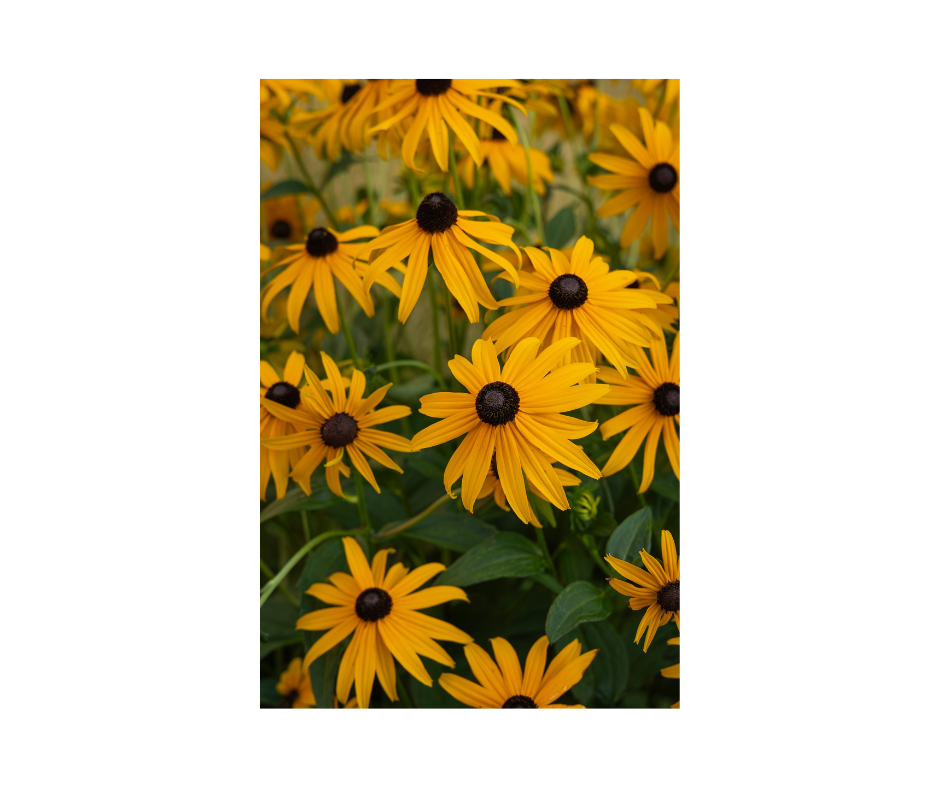From the Vine: Fall Planting
go.ncsu.edu/readext?1018634
en Español / em Português
El inglés es el idioma de control de esta página. En la medida en que haya algún conflicto entre la traducción al inglés y la traducción, el inglés prevalece.
Al hacer clic en el enlace de traducción se activa un servicio de traducción gratuito para convertir la página al español. Al igual que con cualquier traducción por Internet, la conversión no es sensible al contexto y puede que no traduzca el texto en su significado original. NC State Extension no garantiza la exactitud del texto traducido. Por favor, tenga en cuenta que algunas aplicaciones y/o servicios pueden no funcionar como se espera cuando se traducen.
Português
Inglês é o idioma de controle desta página. Na medida que haja algum conflito entre o texto original em Inglês e a tradução, o Inglês prevalece.
Ao clicar no link de tradução, um serviço gratuito de tradução será ativado para converter a página para o Português. Como em qualquer tradução pela internet, a conversão não é sensivel ao contexto e pode não ocorrer a tradução para o significado orginal. O serviço de Extensão da Carolina do Norte (NC State Extension) não garante a exatidão do texto traduzido. Por favor, observe que algumas funções ou serviços podem não funcionar como esperado após a tradução.
English
English is the controlling language of this page. To the extent there is any conflict between the English text and the translation, English controls.
Clicking on the translation link activates a free translation service to convert the page to Spanish. As with any Internet translation, the conversion is not context-sensitive and may not translate the text to its original meaning. NC State Extension does not guarantee the accuracy of the translated text. Please note that some applications and/or services may not function as expected when translated.
Collapse ▲Fall is the Time for Planting
As the summer heat begins to wane and the days grow shorter, fall emerges as the perfect season for planting. This might come as a surprise to some, but planting in the fall offers numerous advantages for gardeners and landscapers alike. Experts from NC State University and Clemson University provide compelling reasons and tips for making the most of this prime planting season.
Why Plant in Fall?
- Ideal Soil Conditions: During fall, the soil remains warm from the summer months, which encourages root growth. According to NC State University, this warm soil coupled with cooler air temperatures reduces stress on new plants and allows roots to establish more quickly and deeply before winter sets in.
- Reduced Pest Pressure: Clemson University highlights that pest populations decline in the fall, which means new plants have a better chance of thriving without the immediate threat of insect damage. Fewer weeds also compete for nutrients, giving young plants a stronger start.
- Consistent Moisture: Fall typically brings more regular rainfall, which is beneficial for new plantings. NC State University notes that consistent moisture aids in root development and reduces the need for frequent watering.
- Extended Growing Season: Planting in the fall can extend your growing season. Clemson University advises that certain plants, particularly perennials, trees, and shrubs, can benefit from the additional growing time before the dormant winter period.
What to Plant in Fall?
- Perennials: Fall is an excellent time to plant perennials. NC State University recommends varieties such as coneflowers, black-eyed Susans, and hostas, which establish well and bloom beautifully in subsequent seasons.
- Trees and Shrubs: Both universities agree that trees and shrubs benefit greatly from fall planting. Their root systems can expand throughout the winter, leading to healthier, more resilient plants in spring.
- Cool-Season Vegetables: Clemson University suggests planting cool-season vegetables like lettuce, spinach, and broccoli. These crops thrive in cooler temperatures and can often be harvested before the first hard frost.
Planting Tips for Success
- Prepare the Soil: Ensure your soil is well-prepared by adding compost or other organic matter. This improves soil structure and fertility, providing a nurturing environment for new plants.
- Dig the hole: Planting too deep is a death sentence for most plants. Dig your planting hole slightly shallower and at least 1.5 times wider than the root ball. DO NOT dig the hole deeper than the root ball. Fill the hole back in with the soil that you removed from the hole, and do not add fertilizer to the planting hole.
- Mulch: Apply a layer of mulch around new plantings to help retain moisture and regulate soil temperature. NC State University advises using organic mulch, such as shredded leaves or pine straw, which will decompose and enrich the soil over time.
- Water Wisely: Although fall usually brings more rain, it’s important to water new plants deeply and regularly until they are well-established. Clemson University recommends monitoring soil moisture and watering as needed, especially during dry spells.
By taking advantage of the favorable conditions that fall offers, you can ensure a vibrant and healthy garden come spring. Whether you’re planting perennials, trees, shrubs, or vegetables, the fall season provides the perfect window for success. Happy planting!




